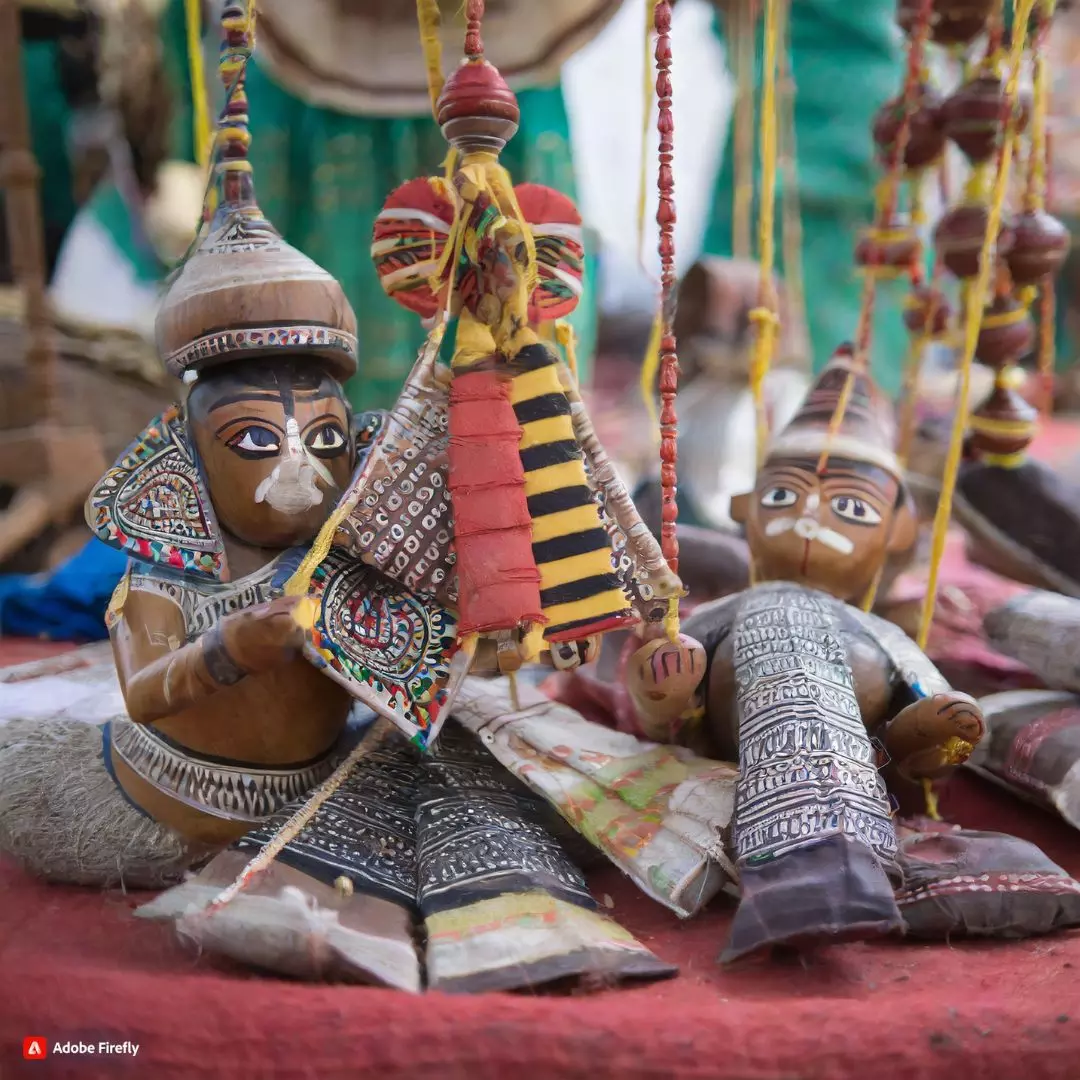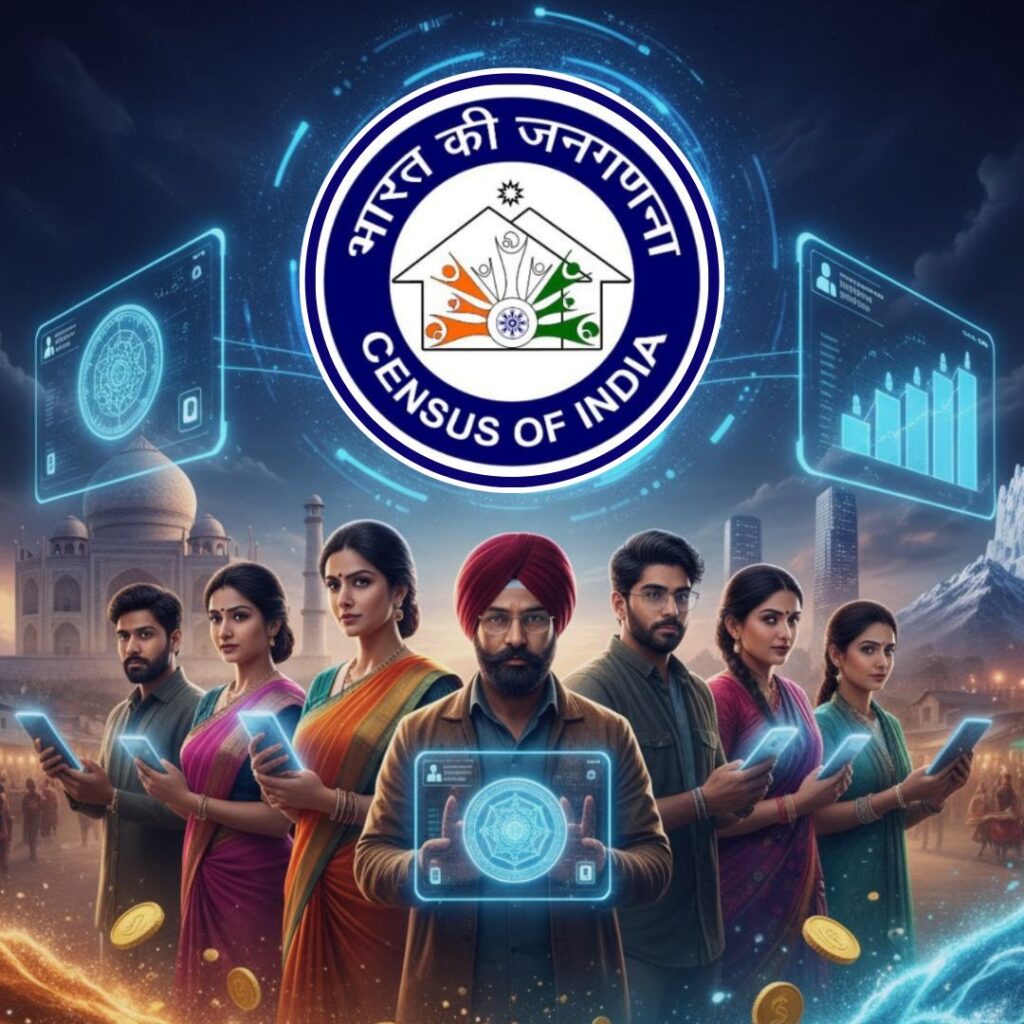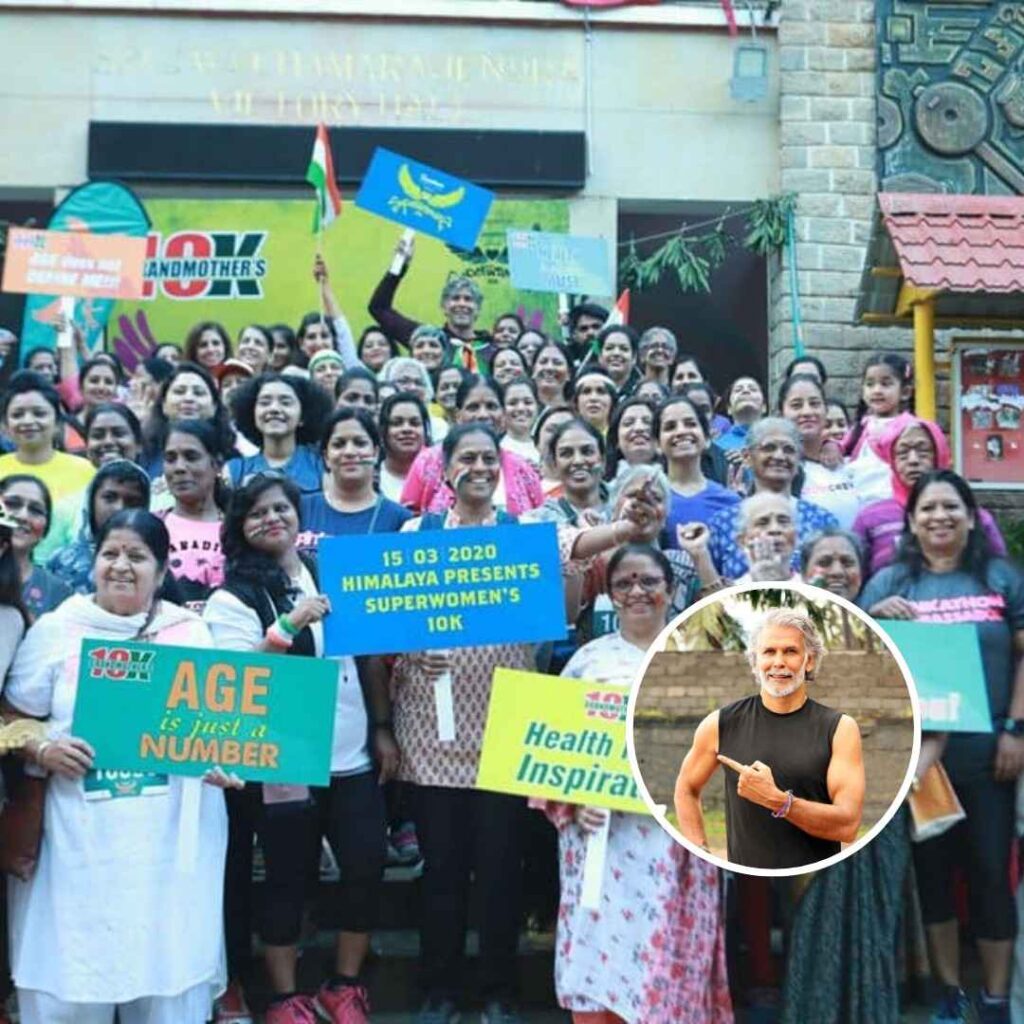In the intricate tapestry of India’s cultural heritage, puppetry emerges as a fascinating art form that has transcended time, weaving tales of great monarchs and heroes. Despite its roots in rural India, the tradition is facing challenges in the modern era, with other forms of entertainment overshadowing its allure. However, a concerted effort is underway to revive and popularize this age-old craft, making it more accessible to the masses.
The tradition of puppetry in India is deeply embedded in the culture of performance. Puppetry shows, blending live music, gestures, and narratives, serve as a unique intersection of theatrics and storytelling. Historically, these performances were prevalent at religious events, ceremonies, and temple celebrations, contributing to the rich cultural landscape of the nation.
Ancient Origins and Cultural Significance
While the exact origins of Indian puppetry remain elusive, there are intriguing narratives that trace back to the Mahabharata in the 9th century B.C.E. Literary sources such as Panini’s grammar and Patanjali’s works further attest to its ancient roots. The craft is believed to have emerged even before traditional theatre, with puppets depicting gods and heroic figures through epic poetry, theatrics, and storytelling.
Puppetry in India comes in various shapes and forms, reflecting the country’s diversity. From glove and string puppetry to shadow and rod puppetry, each style carries its unique characteristics. The choice of materials also varies across regions, with puppets crafted from wood, leather, paper-thin materials, or even terracotta. Geographical, linguistic, and cultural factors play a crucial role in determining the specific types of puppetry prevalent in different areas.
Exploring Puppetry Styles
– String Puppets: Rajasthan’s kathputli, West Bengal’s Putul, Odisha’s gopalila kundhei—each region adds its distinct flair to string puppetry, where intricate performances unfold with the manipulation of cords.
– Shadow Puppets: Crafted from processed animal leather, shadow puppets in the southern states bring legends like Ravana, Rama, Surpanakha, and Mahabharata to life through two-dimensional, flat figures.
– Glove Puppets: From Uttar Pradesh’s Gulabo-Sitabo to Kerala’s Pavakoothu, glove puppets showcase the magic of a mute doll coming to life with subtle hand movements, often portraying social subjects or mythological tales.
– Rod Puppets: A larger extension of glove puppets, rod puppets in Bengal and Bihar, such as Bengal Putul Nach, showcase dramatic and theatrical performances with giant dolls maneuvered by skilled puppeteers.
Famous Puppeteers Shaping the Tradition
– Suresh Dutta: Founder of Calcutta Puppet Theatre, Suresh Dutta’s contributions to puppetry earned him the Sangeet Natak Akademi Award and the Padma Shri for preserving and promoting this traditional art form.
– Ranganath Rao: Pioneering Kannada puppeteer, Ranganath Rao’s efforts in popularizing rod puppetry garnered him national recognition and international acclaim, with his puppets displayed in prestigious museums worldwide.
– Dadi Pudumjee: Renowned for his diverse puppetry styles, Dadi Pudumjee introduced Indian puppet theatre to the global stage. His initiatives extend beyond traditional puppetry, using the art form for social awareness programs.
– Ramdas Pandhye: A ventriloquist, puppeteer, and puppet maker, Ramdas Pandhye’s decades-long career has showcased the versatility of puppetry, addressing societal issues and entertaining audiences across the globe.
In the face of changing times and evolving entertainment preferences, the enchanting world of Indian puppetry perseveres. Through the efforts of dedicated artists and enthusiasts, the tradition is experiencing a revival, not only as a form of entertainment but also as a powerful tool for education and communication in contemporary society. As we celebrate the craftsmanship, diversity, and notable figures in Indian puppetry, we embark on a journey to ensure that this timeless art form continues to captivate audiences for generations to come.
Also Read: UN Climate Change Initiative Harnesses AI For Transformative Climate Action In Developing Countries













